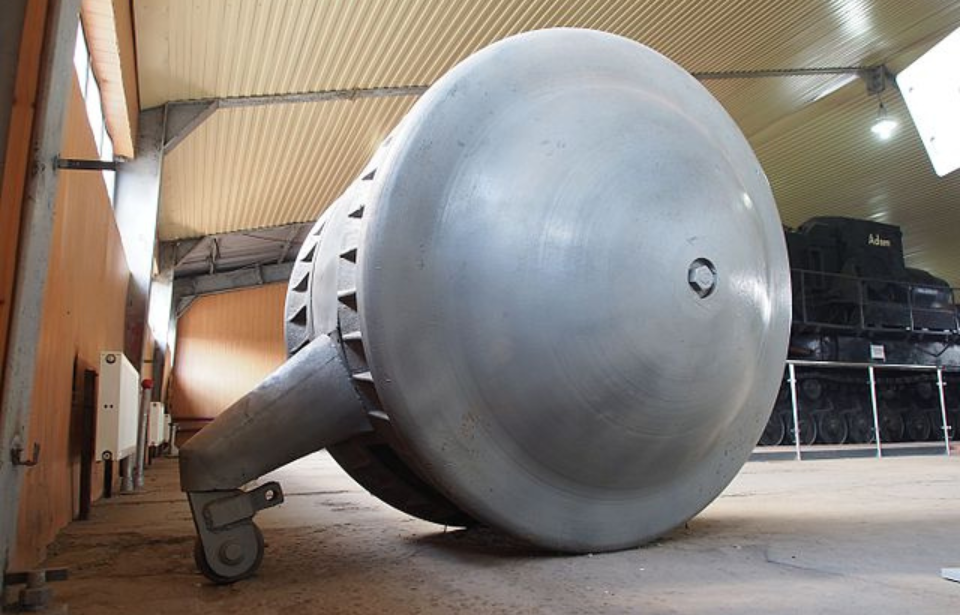The Kugelpanzer was a seemingly useless vehicle
The Kugelpanzer is still a mystery, as there are no known documents explaining its design or purpose. Most of what we know comes from speculation. It is believed that Krupp, a company known for building military vehicles during World War II, was responsible for making it.
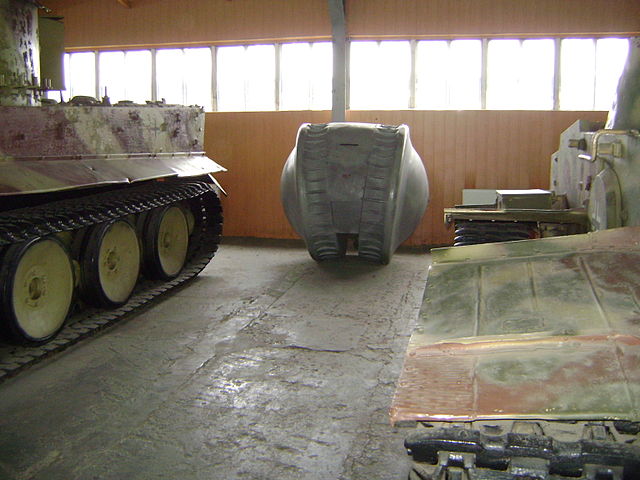
What is certain is that the Kugelpanzer had a 25-horsepower, single-cylinder, two-stroke engine. Its outer armor was 5 mm thick, and it weighed 1.8 tons. It moved using 1.5-meter diameter rollers, and the driver sat on a saddle-like stool inside.
It was probably only operated by one person
The vehicle’s small size suggests it was built for just one person. The engine was placed behind the operator, and the steering wheel was located at the back. This design helped keep the vehicle balanced and stable while the large wheels turned.
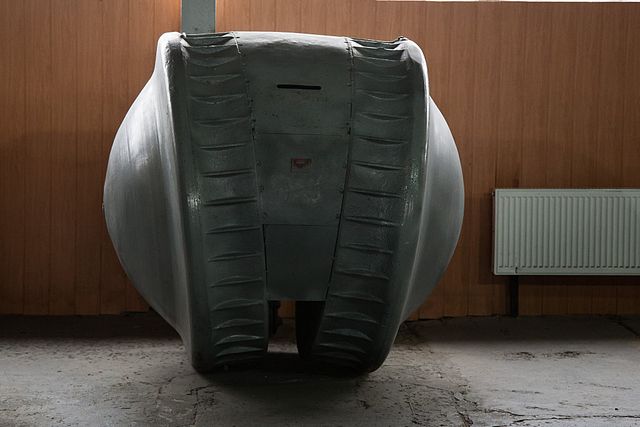
Still, some of its features are open to debate. According to Russian Popular Mechanics, there are estimates that the Kugelpanzer was likely very slow, with an estimated top speed of only 5 miles per hour. The narrow slit at the front was probably used for both seeing out and possibly mounting a machine gun—perhaps a 7.92mm MG-34 or MG-42.
Only a single Kugelpanzer survived World War II
Most of what we know about the Kugelpanzer comes from a single model that the Red Army captured from Japan’s Kwantung Army in Manchuria in 1945. This is believed to be the only one still in existence, and it’s now on display at the Kubinka Tank Museum. After it was captured, the vehicle was repainted and had its drive mechanism removed. In 2000, the museum restored its original paint.
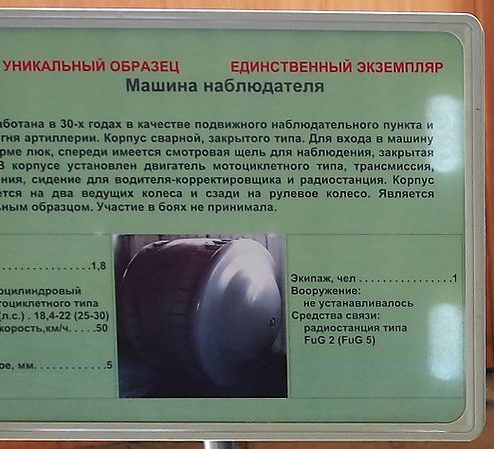
The exact type of metal used for the vehicle’s exterior remains unknown because researchers aren’t allowed to take samples. There’s also no proof that this Kugelpanzer—or any others like it—was ever used in combat, at least not in Europe.
What we do know is that the Kugelpanzer’s design is similar to other unusual military vehicles, such as the World War I Treffas-Wagen, the Tsar Tank, A.J. Richardson’s Tumbleweed Tank, and the War Tank on One Wheel. Still, none of them are quite as strange as the Kugelpanzer.
Japan’s kamikaze strategy
Theories about the Kugelpanzer‘s purpose are varied. The prevailing belief is that it was probably used as a light reconnaissance vehicle, while some propose it may have been used for infantry support or to lay cables along the frontlines. However, the most intriguing theory is that it might have been employed by the Imperial Japanese Army as part of its kamikaze strategy during the Pacific Theater of World War II.
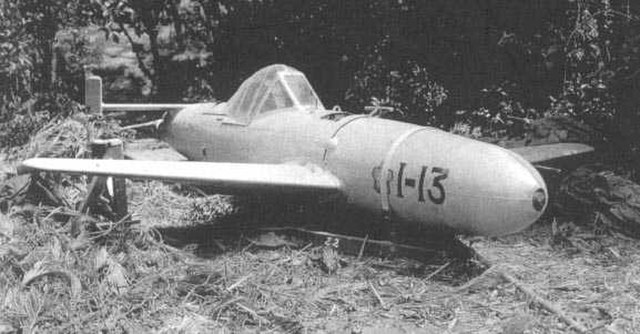
By 1944, Japanese pilots had started deliberately crashing their planes into enemy targets to inflict maximum damage, often sacrificing their own lives in the process. By the fall of that year, the Imperial Japanese Army, in its growing desperation, began integrating these suicide missions into its offensive plans, creating the need for new vehicles and equipment.
The Kugelpanzer shared features with kamikaze attack aircraft
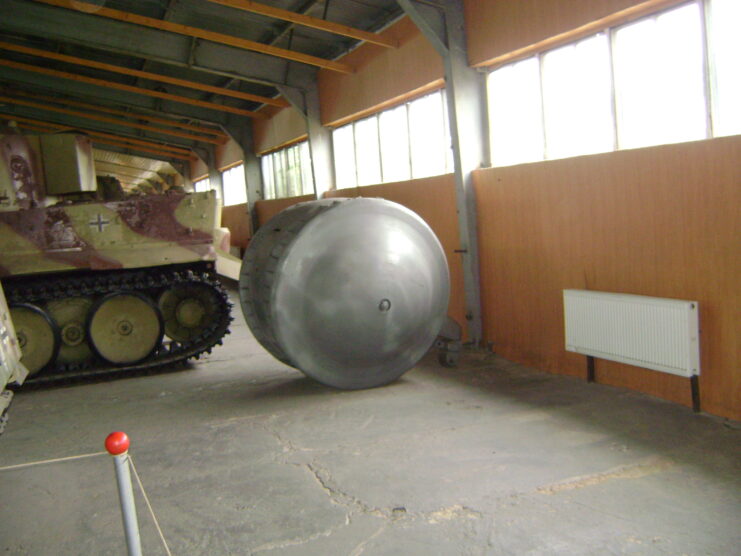
Along with improvising already existing devices, the Japanese developed an array of new military vehicles. This included the Yokosuka MXY-7 Ohka, a kamikaze attack aircraft; manned underwater crafts like the Kaiten and Kairyū; and Shin’yō boats
More from us: How Sling Weaponry Revolutionized Warfare In The Ancient World
Given the purpose behind their designs would more than likely lead to the death of their occupants, these vehicles were often small and lightly armored. They also had little-to-no offensive weaponry onboard. The Kugelpanzer shared these features, leading some to theorize it was used to ram into enemy tanks.
